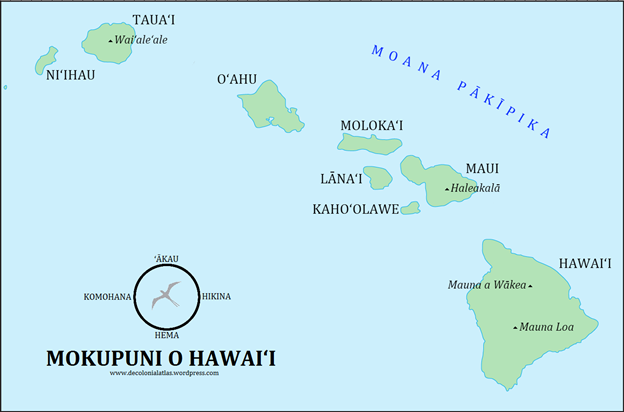Miriam Cintron, BA, JAMA Network

The islands of Hawaiʻi and its people have a culture rich in history, traditions, and the Native Hawaiian language.
Sadly, use of the Native Hawaiian language began to decline in 1896, when it was banned from schools just 3 years after the Hawaiian monarchy was overthrown.1 Without being taught in schools, the Native Hawaiian language became dangerously close to being completely forgotten. By the early 1980s, fewer than 50 children spoke the language.2
A resurgence in cultural pride and identity in the 1970s led to the resurgence of many Native Hawaiian cultural traditions, including the language.
With this in mind, the AMA Manual of Style strives to be accurate, fair, and respectful in reflecting the identities of individuals and groups. The Manual is adding 2 diacritical marks used in Native Hawaiian to the Accent Marks (Diacritics) section (chapter 12.2).
The okina (ʻ) is a glottal stop and the kahakō is a macron (ā) that lengthens and adds stress to the marked vowel.
The marks are used throughout the language, including in many of the names of the main Hawaiian islands (eg, Hawaiʻi, Kahoʻolawe, Kauaʻi, Lānaʻi, Molokaʻi, Niʻihau, and Oʻahu).
Note that Hawaiʻi has 2 official languages according to the state constitution: English and Hawaiian.3 “Hawaiian” is considered an English word, so it doesn’t take the okina.
- Hawaii State Department of Education. History of Hawaiian education. Accessed January 19, 2022. https://www.hawaiipublicschools.org/TeachingAndLearning/StudentLearning/HawaiianEducation/Pages/History-of-the-Hawaiian-Education-program.aspx
- The Hawaiian Islands. The Hawaiian language. Accessed January 19, 2022. https://www.gohawaii.com/hawaiian-culture/hawaiian-language-guide
- The Constitution of the State of Hawaii. Article XV. Accessed January 22, 2022. https://lrb.hawaii.gov/constitution#articlexv
